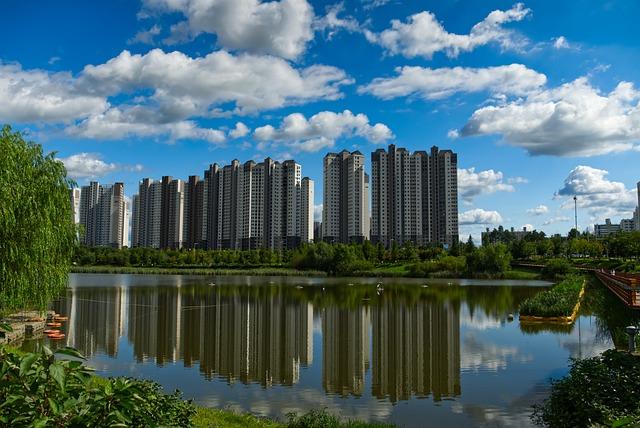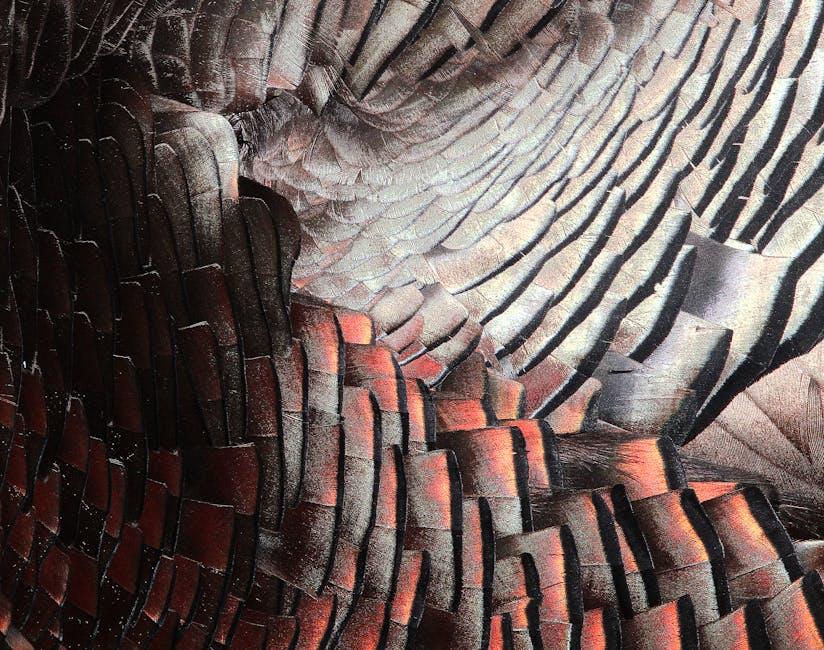In the ever-evolving realm of cinema, where imagination meets technology, directors find themselves at the helm of a visual symphony, orchestrating complex effects that push the boundaries of storytelling. The modern film landscape, rich with digital wizardry, demands a deft hand and a visionary eye. As directors navigate this intricate dance of creativity and innovation, they craft sequences that are not merely spectacles, but integral threads woven into the narrative tapestry. This exploration delves into the nuanced approaches directors employ to bring these mesmerizing visual effects to life, transforming the impossible into the vividly tangible.
Crafting Vision: The Directors Role in Visual Storytelling
In the realm of modern cinema, directors are the architects of visual splendor, orchestrating intricate dance sequences between the tangible and the digital. The art of directing complex visual effects (VFX) sequences demands a profound understanding of both storytelling and technology. Directors meticulously map out these sequences, ensuring that each visual element aligns seamlessly with the narrative’s emotional and thematic core.
Key approaches include:
- Previsualization: Directors often employ previsualization techniques, crafting detailed digital storyboards to visualize scenes before filming begins.
- Collaboration: Close collaboration with VFX supervisors ensures that creative visions are feasible and executed flawlessly.
- Integration: A focus on integrating practical effects with CGI enhances realism and maintains audience immersion.
- Story-driven Effects: Directors prioritize effects that serve the story, using them to amplify emotional beats and narrative arcs.

Balancing Art and Technology: Navigating the VFX Landscape
Directors today are tasked with the intricate dance of harmonizing artistic vision with technological prowess when tackling visual effects sequences. At the heart of this process lies a delicate balance between creativity and practicality. Directors often begin by collaborating closely with VFX supervisors to conceptualize the scene, ensuring the narrative intent remains central. They engage in detailed storyboarding, which serves as a visual script, laying out each shot’s emotional and technical requirements. This collaboration extends to pre-visualization, where directors and VFX teams create digital mock-ups, allowing for experimentation and refinement before committing to the final execution.
To further ensure a seamless integration of art and technology, directors often adopt a flexible approach during production. This includes:
Leveraging real-time feedback: Utilizing on-set VFX tools that provide instant visual feedback helps directors make informed decisions.
Fostering open communication: Encouraging ongoing dialogue between departments ensures that the technical constraints are understood and addressed creatively.
* Emphasizing practical effects: When possible, directors blend digital effects with practical elements to enhance realism and maintain the film’s tactile quality.
By weaving these strategies into their workflow, directors can transform complex visual effects sequences into captivating cinematic experiences that resonate with audiences.

Collaboration and Innovation: Building a Cohesive Team
In the realm of modern filmmaking, directors understand that the magic of visual effects lies not only in technology but in the synergy of a well-knit team. Fostering collaboration among diverse experts is crucial. Directors often bring together a variety of specialists—visual effects supervisors, animators, and technical artists—to create a shared vision. This approach encourages open communication and the exchange of ideas, which is essential for crafting sequences that push creative boundaries.
A cohesive team thrives on innovation and adaptability. Directors empower their teams by encouraging experimentation and iterative processes. Key strategies include:
- Workshops and brainstorming sessions: These foster an environment where team members feel comfortable sharing unique perspectives.
- Cross-departmental meetings: Ensuring that everyone, from pre-visualization artists to post-production editors, is aligned with the project’s goals.
- Utilizing cutting-edge technology: Investing in the latest tools and software to streamline workflows and enhance creative output.
By building a team that values both collaboration and innovation, directors are able to tackle complex visual effects sequences with creativity and precision.

From Concept to Screen: Practical Tips for Seamless Integration
Directors navigating the intricate world of visual effects often rely on a blend of creativity and technical precision. Storyboarding is a crucial first step, where directors collaborate with artists to sketch out scenes, ensuring every visual element aligns with the narrative. This phase allows for experimentation with different angles and effects without incurring high costs.
To maintain a seamless integration, directors focus on:
– Pre-visualization: Using digital tools to create a rough version of the sequence, allowing them to explore various options before committing to the final look.
- Collaboration with VFX teams: Regular communication ensures that both the creative vision and technical feasibility are harmonized.
– Practical effects: Whenever possible, blending real-world effects with digital ones to enhance authenticity.
– Consistent lighting and color grading: These ensure that CGI elements match the live-action footage perfectly.
By meticulously planning and fostering a collaborative environment, directors can transform complex visual concepts into stunning on-screen realities.

